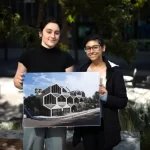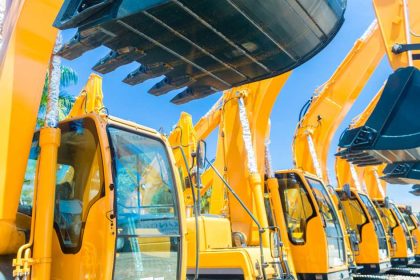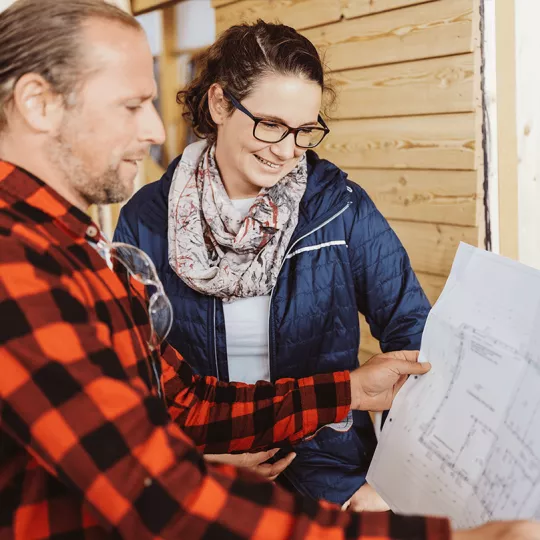Could Dubbo’s innovative 3D-printing development solve the housing crisis in regional NSW and beyond?
Last month, Dubbo Council opened the doors to the public of the nation’s first 3D-printed council toilet block.
Built by contractor Contour 3D, the groundbreaking project was ‘printed’ in only 25 hours using high-strength concrete, with significantly lower environmental impacts and wastage.

The printer, around 16 metres high and 25 metres long, fabricated the exterior walls, internal structure and roof.
Dubbo Regional Council Mayor Mathew Dickerson said the project demonstrates the Council’s ability to lead the way by utilising cutting-edge technology to build infrastructure.
“Being able to see the application of 3D printed technology in a construction setting was really beneficial to understand its capabilities and see the potential opportunity for its use in the future,” he said
“The interest from the community in the project and also further afield from other councils has been extremely positive.
“We have been able to see the construction of the facility using 3D printing technology in person and we can use the learnings from this project when considering this technology again in the future.”
While there are currently no plans for future 3D printed council developments, Manager of Major Projects at Dubbo Regional Council Ian Whipple said the project was ‘considerably cheaper’ than traditional building methods.
Future-proofing housing markets
The potential impact of 3D printing on the housing market is significant, particularly in rural and remote areas.
Last year, Australia’s first 3D-printed house was constructed in Melbourne in just three days.
Contour3D chief executive Nick Holden said the cost of 3D printing a house was roughly 20 to 30 per cent cheaper than a comparably sized house built with bricks and mortar.
Mayor Dickerson said it cost the council nearly half a million dollars to build three toilets in the CBD in 2020.
The new 3D printed construction would be $178,000 cheaper and would include more than double the amount of toilets plus an additional three urinals.
The council has set aside land in a popular housing estate for a 3D housing project in the near future, pending the outcome of the 3D-printed toilet block.
“This method has the potential to revolutionise the way we build infrastructure and housing,” Mayor Dickerson said.








